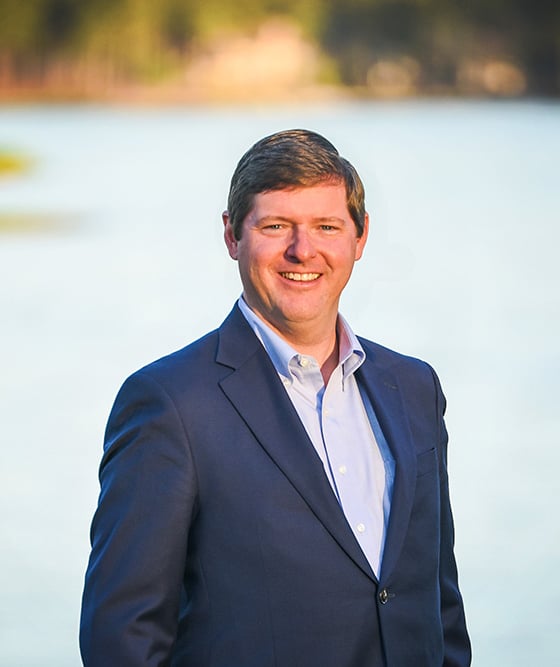In Georgia and across the US, managers of warehouses and loading docks have begun to express concern over the inadequacy of various safety measures, especially those meant to prevent blind-spot collisions. For example, many workplaces are outfitted with one-size-fits-all convex mirrors without any regard to the environment, the number of intersections, traffic flow and other unique factors.
Accidents between employees on foot and those operating heavy machinery, such as forklifts, are all too common. Though forklifts beep when in reverse, the sound can easily be drowned out by other noises, and forklift operators themselves tend to look the opposite direction or become distracted. This is why industrial safety mirrors and domes should be customized to every facility. This can reduce the number of accidents, increase productivity, prevent lawsuits and higher insurance rates and keep safety managers happy.
First of all, mirrors and domes should be shatter-resistant, capable of withstanding all kinds of weather and labeled with slogans or colored borders for greater visibility. Acrylic mirrors are highly recommended because they’re durable, lightweight and fade-proof. The number of intersections should determine the viewing degree of the mirror: for example, a T-intersection would need a 180-degree convex mirror. Some mirrors should come with wheels and handles so that employees can inspect under vehicles and over high racks and shelves.
If a blind spot or negligent forklift operator contributes to a workplace injury, the first thing a lawyer will do is see if the victim contributed to the accident. Contributory negligence will lower any settlement gained in a civil suit, so the victim could instead opt for a workers’ compensation claim, which does not require proof of anyone’s negligence. An attorney will then have investigators recreate the accident and find evidence that will back up the victim’s side during negotiations.


